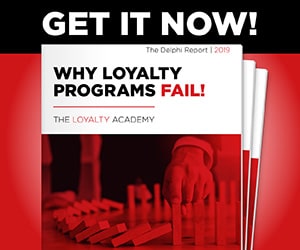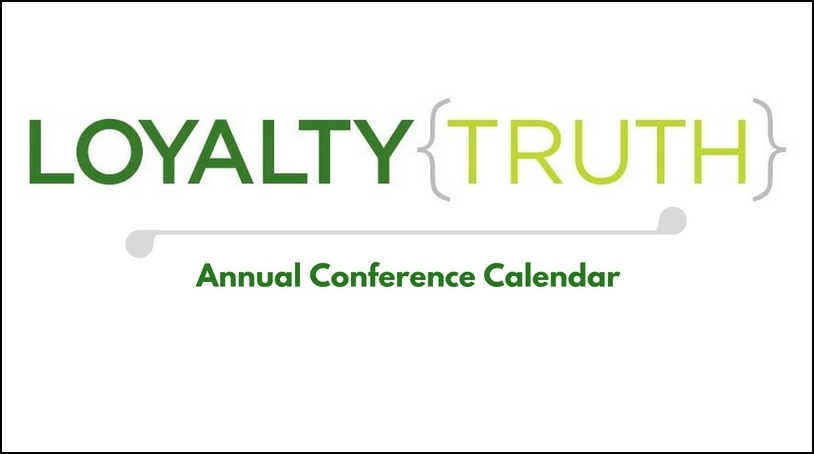Editors Note: Today’s author is Richard Boire, the Founder of Boire Filler Group, an experienced provider of data analytics and predictive modeling in the Canadian market.  With discussions about Big Data on the rise, many brands are also realizing that tremendous value exists in the loyalty program data collected over the years. In this second of a two-part post, Richard continues to outline his proven data analytics project planning methodology.
With discussions about Big Data on the rise, many brands are also realizing that tremendous value exists in the loyalty program data collected over the years. In this second of a two-part post, Richard continues to outline his proven data analytics project planning methodology.
Preliminary Analysis
We use the word preliminary here as our objective is to acquire a basic knowledge or understanding of the client’s current business using our data analytics expertise complemented by our domain knowledge. As time goes on and the analytics discipline becomes more entrenched, the sophistication of knowledge will increase.
Our first exercise is to understand at a very basic level how customers are different. A value segmentation or RFM segmentation is a tool we use to stratify customers into deciles, with “Decile 1” representing the highest performing and “Decile 10” representing the lowest performing customers. From this stratification, we can arrive upon value-based or RFM-based segments. Under each scheme, we can determine how relevant the Pareto or “80/20” rule is in the dataset.
This analysis helps to point out migration and retention opportunities. For example, a sensitivity analysis using results from this segmentation and a series of different migration (conversion) rates would determine the monetary opportunity from migrating customers from a lower performing segment to a higher performing segment.
Retention analysis would use somewhat the same approach by looking at a high performing segment and then determining the monetary value lost when looking at different defection rates. Of course any sensitivity analysis which looks at a range of migration or defection rates should create a reasonable set of outcomes. The reasonableness of these numbers would have been confirmed through results and comments from key stakeholders that were gleaned via the preparation stage.
Once these segments are determined, profiling of each helps to better understand the key customer characteristics that comprise a given segment. Profiles can be used in two ways. Strategically, the information can be used to develop communication and channel strategies which are more engaging to the mindset of that particular group. For instance, the profile of a high value customer may be comprised by the following characteristics:
- Older
- Wealthier
- Tend to engage more in online media
This observation might trigger a heavier online strategy speaking to the concerns of wealthy retirees or people nearing retirement.
We could also use this information to create lists of customers that most resemble the profiled segment. Here, we target those low to medium value customers that tend to be older, wealthier, and more engaged online since these customers exhibit the characteristics of a high value customer.
Cohort analysis represents another method of analysis and is used to explore new customer behaviour over time. Typically, this kind of analysis commences with customers that were acquired in vintages, (e.g. 5 years ago) and tracks their spending behaviour across subsequent years. The same analysis is conducted in subsequent years. Through this type of analysis, we can begin to discern retention, migration, and upsell patterns among these new customers. At the same time, we may also discover unique behavioural patterns associated with a specific cohort group.
Depending on the nature of the industry, basket analysis can be used to better understand the “event” behaviour of the customer’s purchase. The analysis will normally reveal the differences in the mix of products purchased between customers. Product mix typically varies depending on customer value and migration opportunities are revealed. Insights generated from this analysis leads to product promotion by segment, and encourages the upward migration in purchase volumes.
New customers will also exhibit different product mix patterns when compared to older customers. As indicated above, the same type of migration analysis is conducted by identifying those relevant products which should be promoted in order that new customers be put on a path towards becoming higher value customers.
Recommendations
Upon completion of the preliminary analysis, the work required for the Discovery exercise is now complete. It is now time to consolidate all output into a comprehensive client facing document.
This document contains all the actual details concerning results which are used to support the many findings and insights generated from the exercise. Despite the comprehensiveness of the report, it may fall short of its potential use to the client if it does not clearly outline actionable next steps.
These actionable next steps are focused in two areas:
- The first area consists of the data strategy and what the organization needs to do to improve its information environment in order to more fully optimize the analytics discipline. The data strategy needs to be proactive in addressing not only existing analytical needs but also any potential analytics needs.
- The second area focuses on what specific analytics activities should be undertaken in the first year and how they should be prioritized. Keeping a short-term perspective on analytics recognizes the underlying fact that things can change very quickly within organizations. The result will be to identify activities yielding the quickest wins defined by ROI and activities that will generate learning. It is this second component of learning which ensures that the longer term ROI is not overlooked.
By engaging a data strategy that optimizes the use of analytics with a disciplined set of activities that begins the organization’s business intelligence journey, any organization will have a roadmap to guide the journey. Using this approach, investing in a data discovery exercise is an easily justifiable decision as long as this process is undertaken with the due diligence and discipline as outlined in this article.




